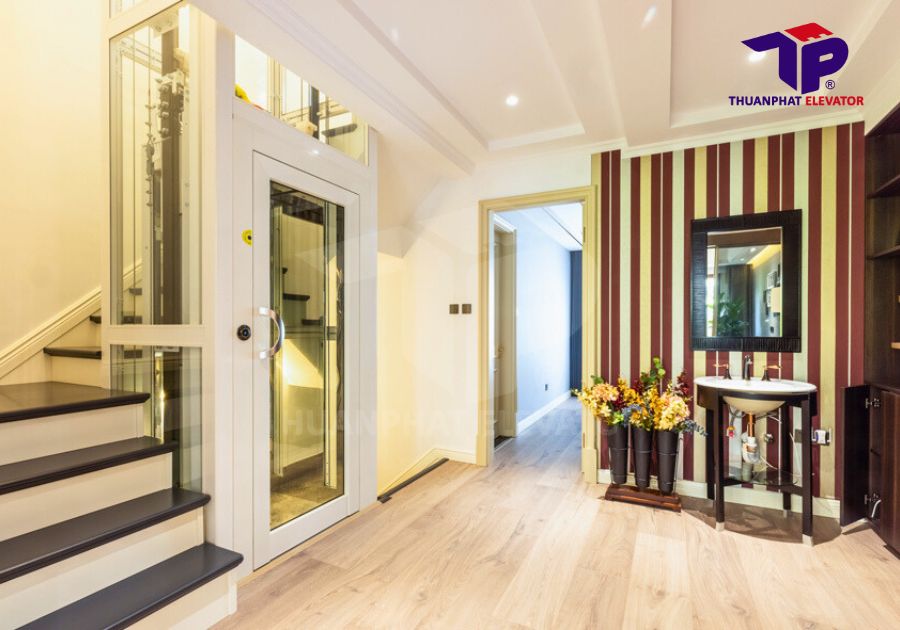Your home is more than just a place to sleep; it’s a sanctuary where you can relax, recharge, and express yourself. Home decor plays a significant role in creating an atmosphere that reflects your personality and lifestyle. Whether you’re moving into a new space or looking to refresh your current home, understanding key elements of home decor can transform your living environment. Here’s a guide to help you design a space that feels uniquely yours.
1. Understand Your Style
Before you dive into decorating, it’s essential to understand your style. Are you drawn to the clean lines and minimalism of modern design, or do you prefer the coziness of a rustic farmhouse look? Maybe a bohemian mix of patterns and textures excites you, or the elegance of traditional decor with a contemporary twist feels more like home. Understanding your style will help guide your choices in color palettes, furniture, and accessories.
Tip: Create a mood board with images, colors, and textures that inspire you. This can be a physical board or a digital one on platforms like Pinterest. It will serve as a visual guide as you start to shop and plan.
2. Choose a Color Palette
Color sets the tone for your entire home. Neutral tones like whites, grays, and beiges are popular for creating a calming and sophisticated backdrop. However, don’t be afraid to add pops of color to bring personality to your space. Blues and greens can add a refreshing feel, while bold colors like mustard yellow or deep burgundy can create warmth and drama.
Tip: When choosing a color palette, consider the size of the room and the amount of natural light it receives. Lighter colors can make a small space feel bigger, while darker colors can add coziness to a large room.
3. Furniture: Function Meets Style
Furniture is a significant investment, so choose pieces that are both functional and stylish. Think about how you use each room. For a living room, a comfortable sofa and chairs are essential, while a bedroom should focus on a quality bed and storage. In smaller spaces, multifunctional furniture like a sofa bed or a coffee table with storage can be particularly useful.
Tip: Don’t rush into buying all your furniture at once. Start with the essentials and gradually add pieces that complement your style and meet your needs.
4. Layer with Textiles
Textiles are a simple yet effective way to add warmth, texture, and color to a room. Rugs, throw pillows, blankets, and curtains can all bring a cozy feel to your home. Layering different textures, such as a soft wool rug with a sleek leather chair or a velvet cushion with a linen sofa, adds depth and interest to your decor.
Tip: When selecting textiles, consider both aesthetics and functionality. For example, a high-pile rug might look luxurious but may not be practical in a high-traffic area or a home with pets.
5. Accessorize Thoughtfully
Accessories are the finishing touches that personalize your home. Items like artwork, plants, vases, books, and personal mementos reflect your personality and experiences. However, less is often more. Rather than cluttering a space with too many accessories, choose a few meaningful pieces that you love and that complement the room’s overall design.
Tip: Group accessories in odd numbers (like three or five) for a more visually appealing arrangement. Vary the heights and textures to create interest.
6. Lighting: The Unsung Hero of Home Decor
Good lighting is crucial in creating a mood and enhancing the overall ambiance of a room. Layer your lighting to include ambient (general), task (focused), and accent (decorative) lighting. A statement chandelier can add elegance to a dining room, while a floor lamp can provide cozy lighting for a reading nook.
Tip: Use dimmers to control the light intensity and create different moods for different occasions.
7. Incorporate Greenery
Plants are a great way to bring life and color into your home. They not only improve air quality but also add a natural element that can make your space feel more inviting. Whether it’s a large fiddle leaf fig in the living room or a collection of succulents on a windowsill, greenery can complement any style of decor.
Tip: Choose plants that are suitable for the light conditions in your home and your level of gardening expertise. Some plants require more care than others, so pick varieties that fit your lifestyle.
for more posts
8. Don’t Forget About Storage
A clutter-free home is essential for creating a peaceful environment. Invest in storage solutions that are both practical and stylish. Built-in shelves, decorative baskets, and multi-purpose furniture can help keep your home organized while adding to its aesthetic.
Tip: Regularly declutter your space to ensure that it remains functional and serene. Keep only items that serve a purpose or bring you joy.
9. Personalize Your Space
Lastly, your home should feel like yours. Personal touches, like family photos, travel souvenirs, or handmade crafts, make a house feel like a home. These items tell your story and add a unique touch that no one else’s home will have.
Tip: Mix new purchases with vintage or sentimental items to create a balanced and personal look. The goal is to make your home a reflection of who you are.
Conclusion
Home decor is an exciting journey that allows you to express your creativity and style. By understanding your preferences, choosing the right colors and furniture, and thoughtfully accessorizing, you can create a space that is both beautiful and functional. Remember, the best decor reflects who you are, making your home a place you love to live in. So, take your time, enjoy the process, and let your personality shine through in every room.
